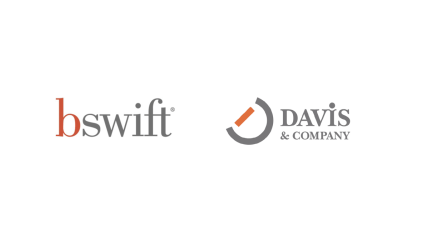
 By now you’ve heard of Marie Kondo and her New York Times best-selling book, The Life-Changing Art of Tidying Up. You might have watched her hit Netflix series, where Kondo applies her tried-and-true system for organizing the cluttered closets of clients.
By now you’ve heard of Marie Kondo and her New York Times best-selling book, The Life-Changing Art of Tidying Up. You might have watched her hit Netflix series, where Kondo applies her tried-and-true system for organizing the cluttered closets of clients.
Too often, employee handbooks are like the closets Kondo transforms: unorganized and overstuffed. As a result, employees feel overwhelmed and frustrated when searching for the information they need.
The solution? Follow Kondo’s three-step method to create a streamlined and easy-to-navigate handbook that sparks joy.
Here’s how:
 |
Gather all the content For overflowing closets, Kondo suggests you first gather all your clothes in one place. When writing your handbook:
|
 |
Assess the value of each component Kondo suggests you ask yourself if each item of clothing sparks joy. For your handbook, ask yourself: Does this help employees? Only include core information and provide links to additional resources (like required legal disclosures and disclaimers). Of course legal language doesn’t spark much joy for anyone. But remember, to protect the company, all employees must have access to its legal information. |
 |
Arrange the information intentionally Kondo teaches her clients how to fold and arrange clothes properly. The idea is to position your clothes well, so items are visible at a glance. Crafting a handbook should follow a similar approach. First, think about how you want employees to experience the handbook. There are only five ways to organize information. Use the acronym LATCH (Location, Alphabetical, Category, Time, Hierarchy) to remember how. For an employee handbook, we suggest you arrange by category. Categories allow you to group related topics so employees can find and reference information. For example, group topics such as retirement savings, disability and health insurance under “Benefits.” To make your handbook even more user-friendly, include navigation like:
|
Congratulations! You’ve “Kondo-ed” your employee handbook. Just keep in mind that a handbook is a living document. So, evaluate it regularly to measure effectiveness.
Here are some ideas to assess your handbook:
- Create a review schedule and assign sections to members of the HR team
- Take a pulse survey of new employees
- Include the questions HR receives most frequently




